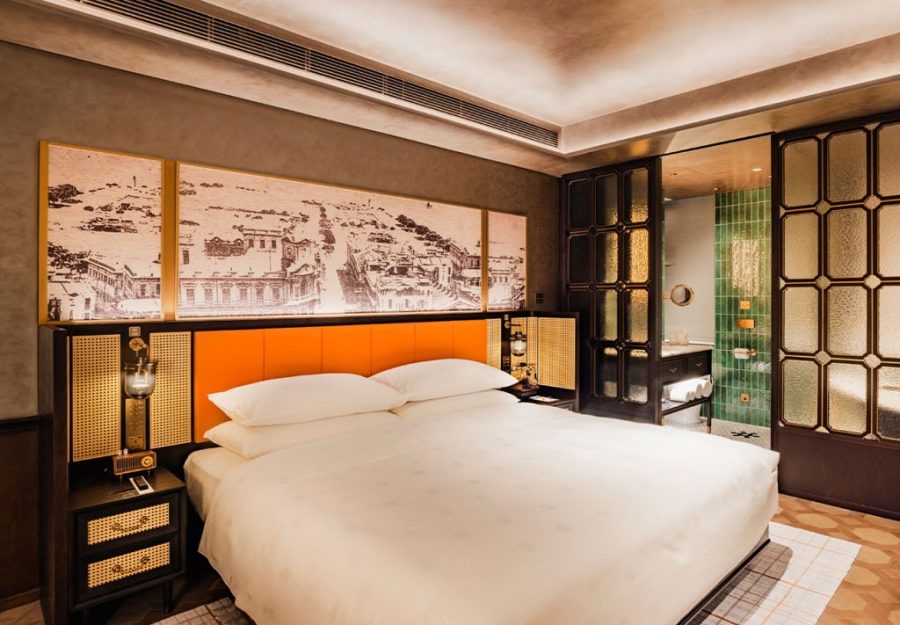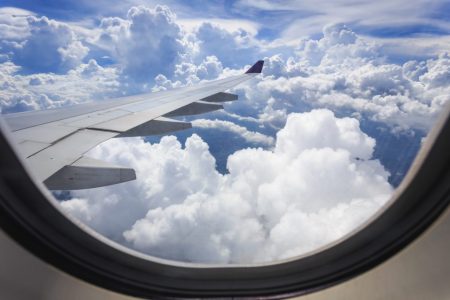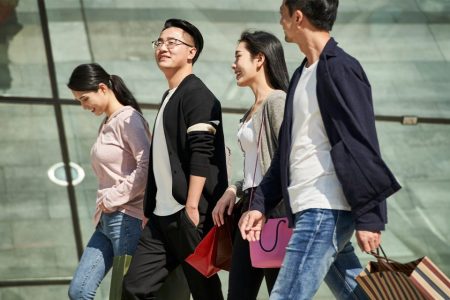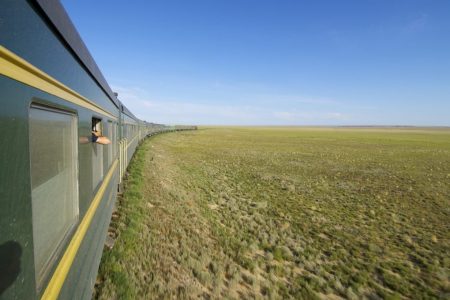Once hailed as the tallest hotel in the Portuguese-speaking world, the 95-year Hotel Central lives again.
The 11-storey structure – which holds the dual distinctions of being the city’s first skyscraper and first building to feature an elevator – was a local landmark for decades before falling into disrepair in recent years. Enter Simon Sio. The 65-year-old founder and chairman of the Macao-based property developers Lek Hang Group purchased the building for over 1.5 billion patacas in 2016. He has since invested more than 400 million patacas in a bid to restore it to its former glory.
[See more: Galaxy Macau is opening a new Capella hotel next year]
With a teal exterior and retro rooftop billboard that proudly displays its name in large red letters, the newly refurbished hotel is opening its doors to the public on 30 April after an eight year hiatus. The extensive makeover has preserved much of the heritage character of the hotel, and rightfully so, given its rich and colourful history.
The origins of Macao’s Hotel Central

According to Sio, the genesis of Hotel Central was closely tied to the construction of Macao’s main avenue, Avenida de Almeida Ribeiro (popularly known by its Cantonese name San Ma Lo). The area consisted of winding alleys and hundreds of small houses before Portuguese administrators decided in 1918 to improve traffic and spur the city’s development by building the avenue.
They “had the intention of building a hotel on such a great, new and prosperous avenue, so they launched an open tender,” says Sio.
The hotel opened on 22 July 1928 as the Hotel President. A transfer of ownership to business moguls Fuk Tak Iam and Kou Ho Neng in 1932, however, resulted in the venture being rebranded as the Hotel Central.
Eager to take advantage of its potential, Fuk and Kou established a casino inside the hotel after their Tai Heng company acquired an exclusive gaming concession from the government in 1937.
[See more: The Grande Hotel Macau: Back to life]
In the years that followed, Hotel Central continued to grow significantly in both size and stature, with Sio pointing out that a new level was added on top of the building’s original seven floors in 1937 in response to the boom fuelled by wealthy refugees who fled to Macao during the the Second Sino-Japan War (1937-1945).
In 1941, a proposal was made to further expand the hotel to its current 11 storeys after the property lost its competitive edge to the slightly taller nine-floor Grande Hotel, which opened its doors that year.
The local authorities rejected the idea over safety concerns, resulting in a legal battle that went all the way up to the Portuguese Supreme Court. In the end, the project was approved after Chau Chi Fan, the only Chinese architect to have studied in the US at the time, put forward a plan to build the extension with lightweight material.
Though the Hotel Central regained its preeminence for a couple more decades, its fortunes took a turn for the worse in 1961 after its owners lost their gaming monopoly to Stanley Ho’s STDM, leading to the termination of the hotel’s casino operation the following year. The development of the more modern and sophisticated Hotel Lisboa in 1970 proved to be another major blow to the iconic landmark, which eked out an existence as a rundown, low-budget hotel until it was acquired by Sio.
Reviving Macao’s Hotel Central
As the current owner of Hotel Central, Sio says he first heard about plans to sell the property from a realtor in 2009. While he was able to initiate negotiations with the co-owners of the hotel, the Fuk and Kou families, it proved to be an arduous and intermittent process that would span seven years.
“In the end, I bought 64 percent of the shares that the Fuk family were in possession of through a tender process and then negotiated again with the Kou family, purchasing the remaining 36 percent of their shares,” he states. “Afterwards, I consolidated all the property rights and became the owner.”
[See more: Donatella Versace and John Legend appear at Palazzo Versace opening]
Renovating the hotel proved to be equally difficult, however. The process literally began from the ground up, with Lek Hang having to devise an entirely new method of boring 129 piles to strengthen the hotel’s foundation, which had previously been without such support.
In addition, Sio made every effort to preserve the original flavour of the heritage site by taking measures such as retaining the building’s original outer wall, replacing old materials with matching ones and restoring the ageing structural material with new components. In doing so, the hope is that the iconic hotel can continue to thrive for another century.
Preserving the Hotel Central’s legacy
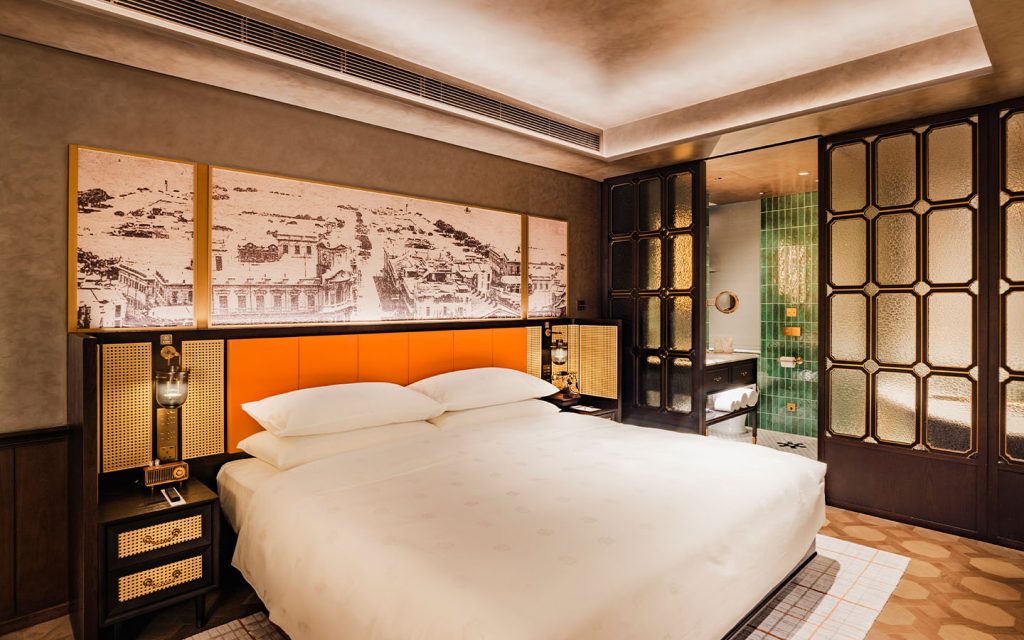
With such a long history, Hotel Central has unsurprisingly played host to many high profile visitors to Macao, including the author of the James Bond novels, Ian Fleming, who visited Macao in 1959. In fact, the hotel left such a strong impression on the British writer that he ended up writing extensively about it in his 1963 travelogue Thrilling City.
“He described the hotel in great and profound detail,” says Sio. “Fleming wrote of the extravagance and indulgence of Hotel Central during that era, as well as the prosperous image that it projected.”
“The higher in the building you go,” Fleming noted, “the more beautiful and expensive are the girls, the higher the stakes at the gambling tables, and the better the music.”
Years before Fleming’s arrival, however, the hotel served as the backdrop to a real life World War Two episode that would certainly not have been out of place in one of the celebrated author’s spy novels.
According to Sio, towards the tail end of the Second Sino-Japan War, the captain of a Chinese Communist guerilla group, Tan Sheng, was tasked with a transferring a radio set – in those days a vital means of communication – from Macao to his group’s base in Wugui Mountain located between Zhongshan and Zhuhai.
[See more: The gaming king who amassed a fortune but lost his ear in Macao]
As part of his mission, Tan disguised himself as a businessman and stayed in Hotel Central’s room 505. Sio notes that the guerilla leader’s cover was blown and that “Japanese special agents had dogs on leashes and were prepared to assassinate him here [in the hotel].” Tan had a narrow escape however, and was ultimately able to accomplish his goal.
These tales all form the rich historical tapestry of Hotel Central, which will be exhibited through a gallery on the ground floor featuring historical information curated by University of Macau professor Ieng Weng Fat.
The history of the hotel also permeates the design of the 114 guest rooms, with each one harking back to a specific era. For example, the rooms on the 5th and 6th floors are based on a 1920s theme, whereas those on the 7th and 8th floors, as well as the 9th and 10th floor mirror the styles of the 1930s and 1940s respectively.
While Hotel Central is focused on taking guests on a trip down memory lane, there will also be more modern offerings, as the first three floors are intended for retail and shopping. The fourth floor, meanwhile, houses the hotel’s lobby, as well as a reimagining of the hotel’s original Palace Restaurante, which was established in 1977.
Unlike its predecessor, the new Palace Restaurante will serve international rather than only Chinese cuisine, although Sio mentions that his company plans to collect some of the hotel’s classic recipes and incorporate them into the menu, regardless of which part of the world may have originated from.
A childhood dream
For Sio, the acquisition of the Hotel Central is the fulfilment of his childhood dream. He grew up directly across from the landmark, on the third floor of a building that once housed the Wa Lok Un restaurant.
The hotel’s proximity meant that it became one of his childhood stomping grounds. He would go and explore the building, staying until he was spotted by hotel staff, who did not take kindly to “grubby kids entering the hotel to play.”
Sio recalls: “They grabbed me by the collar and threw me out on the footpath. As a naive child, I pointed to the hotel and said angrily, ‘One day, when I’m rich, I’m going to buy you.’”
[See more: The 13 Hotel has been put up for sale at US$307 million]
The purchase of the hotel isn’t just about settling old scores however. Sio also hopes that by refurbishing the historic property, he can reinvigorate the district around it and also boost Macao’s international appeal.
We hope that [the hotel] will become a landmark of Avenida de Almeida Ribeiro and attract more tourists to visit,” says Sio. He adds that “making a contribution to establish Macao” on the global tourism map “is my greatest aim.”
